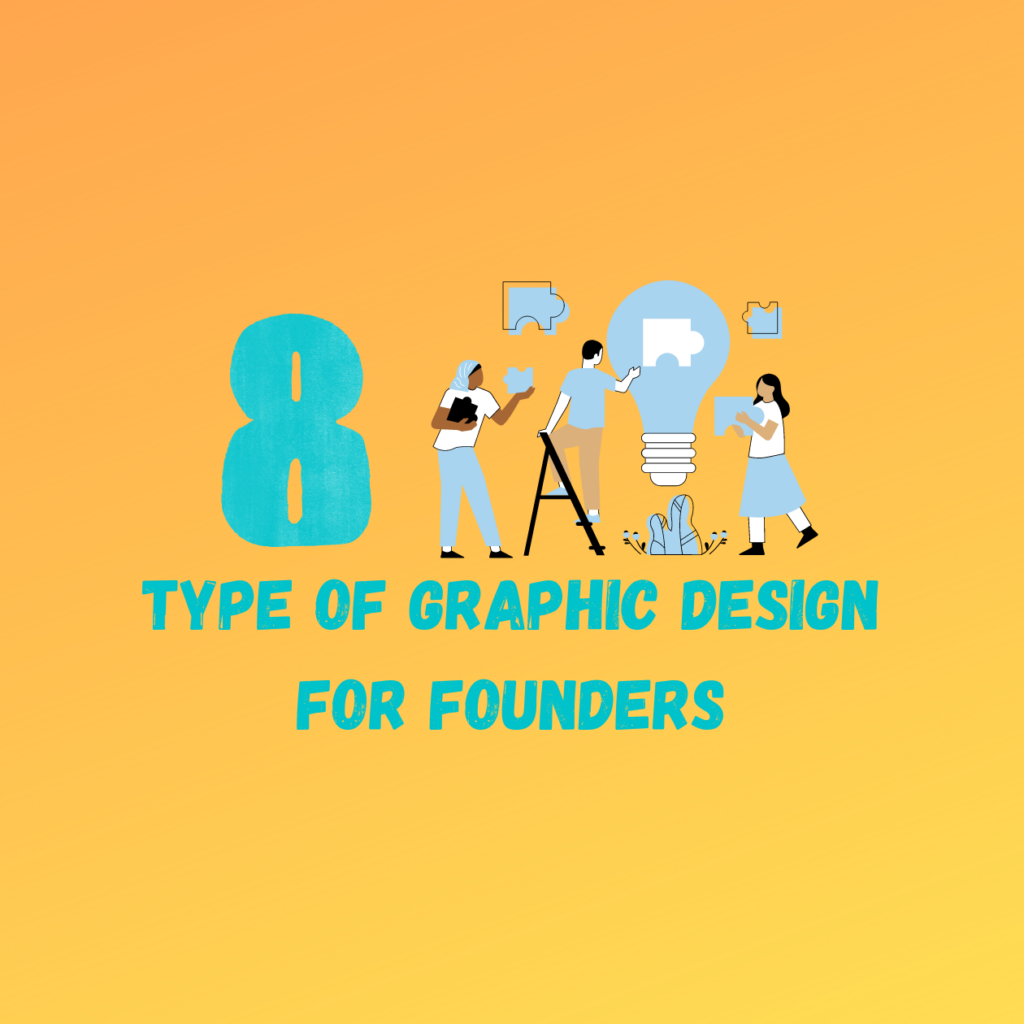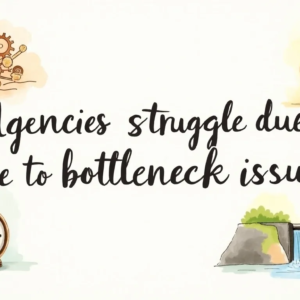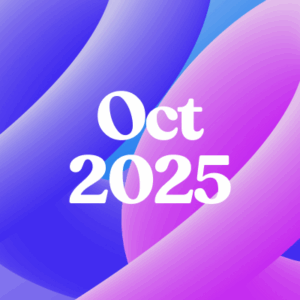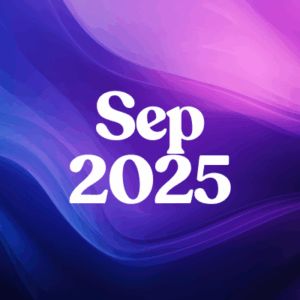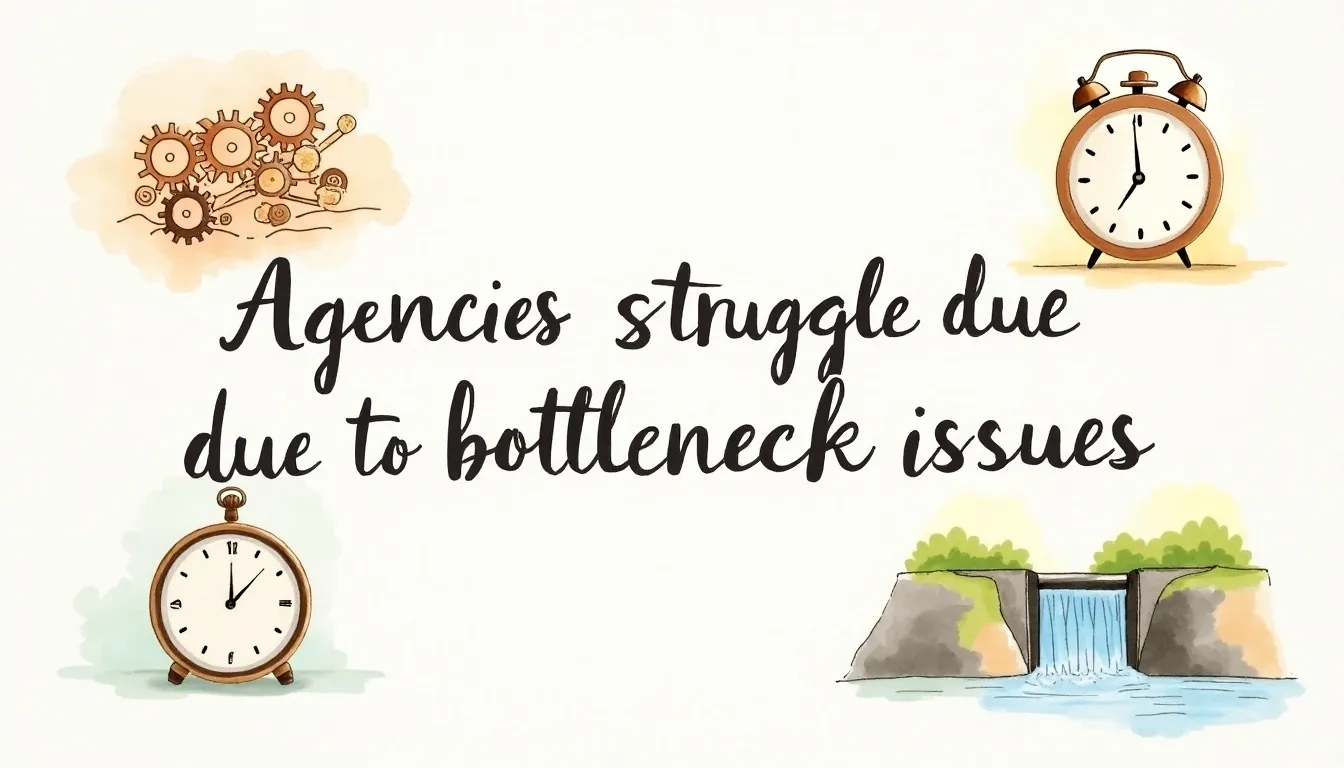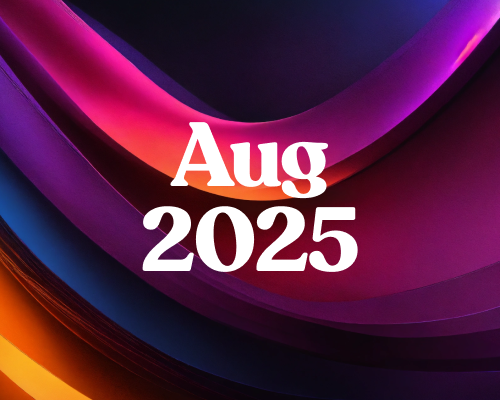Graphic design is now a broad topic in 2026. There are quite a lot of niches & roles within graphic design now. We will be looking the 8 most important types of Graphic Design or as may call Graphic Design Roles.
Branding requires a Good Graphic Design – Every Founder knows that. But do you know how many types of graphic designs there are in the market?
YES, there are 8 Different types of Graphic Design available. Now, you might be wondering, if ‘I am not a graphic designer, then why do I care for this information?’
Graphics are an effective way of visual communication. It takes far less time to absorb the contents of an image as opposed to text. But it’s not a one-size-fits-all situation. There are different types of graphic design used to meet a variety of purposes.
In this article, we’ll walk you through 8 types of graphic design you can choose from to effectively suit your every need.
Though they often overlap, each type of graphic design requires a specific set of skills and techniques. As the industry is constantly changing, designers must adapt by upgrading their skills or specializing in a specific type of design. You may even focus on multiple similar types that overlap each other.
If you are an aspiring designer or someone seeking design services, this article will definitely help you identify the right skills required for the job.
Different 8 Types of Graphic Designs
1. Visual Identity Design
Identity design, also known as branding or corporate identity design, is the process of creating a visual representation of an organization or product’s identity. This includes creating a logo and a set of visual guidelines that dictate how the brand should be represented visually in different mediums such as print, digital & advertising.
These visual guidelines may include color palettes, typography, imagery, and other design elements that are used consistently across all materials to create a cohesive and recognizable brand identity. The goal of identity design is to create a unique and memorable visual representation of a brand that differentiates it from its competitors and helps to build trust and recognition with its audience.
Branding is the visual relationship between the business and its audience established through packaging, logos & graphics. The identity created by these sets of graphics determines the personality of the organization, its tone & its essence. This element of the brand identity acts as the face of the brand. It works to communicate through the use of images, colors & shapes.
The designers develop a set of visual guidelines that best describe the branding across various media. They help to ensure the brand’s consistency throughout future applications, as well as establish the personality and color palette the brand will be known for. Specializing in this branch of graphic design helps you create assets such as logos, typography, business cards &more.
Possessing some degree of knowledge of all types of graphic design would be useful in the creation of design elements. This, along with excellent communication, conceptual and creative skills will surely place any designer at the top of the professional field.
2. User Interface Design
A UI (user interface) is what allows users to interact with an application. This branch of graphic design focuses on providing the most user-friendly experience. It branches from the interactions between a monitor, keyboard &mouse, to the visual experience of the on-screen display.
Designing for UI usually includes graphic elements like buttons, menus & micro-interactions. It’s the designer’s job to maintain the balance between aesthetic appeal and technical functionality.
UI designers specialize in creating desktop apps, mobile apps, web apps, and games. They work closely with UX designers who determine how the app works and UI developers who write the codes that make these apps and games work.
UI also goes hand in hand with UX. Often it is called UI/UX Design or User Interface & Experience Design. UI/UX Design is not just about crafting a visually good-looking web app, dashboard or mobile app, but the focus is to make users take action on the site or app.
3. Marketing & Advertising Design
This type is probably the first thing that comes to mind when discussing graphics design. All companies depend on marketing efforts to gain traction and attract their target audience. The strategy used by marketing designers is based on consumer awareness and the decision-making process.
Visual content is often more engaging, hence the graphics used should effectively promote and communicate with the audience.
Marketing designers work alongside company directors and other professionals to create assets for marketing strategies. They can specialize in different types of media ranging from prints to digital.
This type of graphic design covers a broad spectrum from vehicle wraps to magazine ads, with the latter being more common in content marketing and digital advertising.
With posters, billboards & banners to design, marketing designers need a variety of soft skills including problem-solving, communication & time management. In addition to proficiency in creating several graphic layouts and presentations, designers must also be familiar with both print production and online environments.
For such great marketing & advertising design the proper team is to have a Designer, Art Director & Copy Writer
4. Publication Design
Traditionally a print medium, this long-form piece of work helps communicate with an audience through public distribution. Publication design is a classic type of design involving material such as books, magazines, and catalogs, all of which are seeing a significant rise in digital publishing.
Designers specialized in publications work alongside editors to create layouts that carefully select typography and artwork including photography, graphics & illustrations. They may be employed in-house as part of the publishing company or operate as a freelancer.
The tasks of a publication designer require them to have a keen eye for graphical representation and layout. This type of designer should be familiar with both printing and digital publishing.
One of the most handy tools used by Publication Designers is Indesign & Quark Express
5. Environmental Design
This fun type combines environmental themes with graphic design. It consists of using strategic signage whilst incorporating visual cues to help people identify where they need to be.
Environmental design is a multi-disciplinary practice that merges architectural design with interior graphic design. It’s the collaboration between people and the way they interact with their surroundings.
Environmental design can be used to show directional signage or engage the audience in a live exhibition of interactive graphics embedded in the environment. Typically, this type of designer should have a background in architectural graphic design and must be familiar with industrial design concepts.
6. Motion Graphics
Motion graphics utilize animation, videography & audio to output a multimedia asset. This new form of design has become quite popular in recent times. In addition, the integration of typography and imagery to create advertisements results in an effective form of marketing.
Motion designers, although typically found within the film industry aiding in the creation of CGI effects, are also part of exhibition creations. Technological advances have reduced production time and costs, making this type of design more accessible and affordable.
The increase in video media (such as reels on Instagram) found across digital platforms, has resulted in the mass sharing of animated art. This opens up new areas of opportunity for everyone.
7. Packaging Design
This form of graphic design ties in with marketing and visual identity. The packaging of a product not only protects and prepares it for distribution but also communicates the brand identity of the company directly to consumers.
The colors used within the packaging design reflect the personality of the product and appeal to its audience. Concepts are created to develop mockups into print-ready files for manufacturing. Industrial design knowledge is required to be able to take it from concept to production.
Designers in this field may specialize in a specific type of packaging such as labels or beverage cans. Alternatively, they could specialize in a niche within the industry such as food or children’s toy packaging.
This type of graphic designer requires the ability to conceptualize & technologically operate the design process and work within industrial design and printing.
Earlier packaging design was limited to creating the flat graphic that will be printed on the packaging, but now it is required to have a 3D design as part of this to conceptualize the packaging in different shapes & sizes.
8. Art & Illustration Design
In this final type of graphic design, the designer creates compositions to communicate solutions to problems. Graphic illustrators utilize original artwork to produce numerous forms from fine art and decor to storytelling illustrations.
Although not always seen as a branch of graphic design, its commercial use within the graphic design industry makes it impossible not to mention. It is used by designers, editors & writers to create both merchandise and promotional content. This includes t-shirt design, textiles, graphic novels & more.
The skills required for this type of graphic design often come from a strong background in fine art, animation, or architecture. These skills are then enhanced and applied to graphic design.
Draftss offers a team of specialists for each of these design types. You can hire a team of designers, copy writers & developers for your project. With Draftss you don’t get access to just 8 different types of graphic design but almost all of it. I have a list of all the graphic design types & services.
